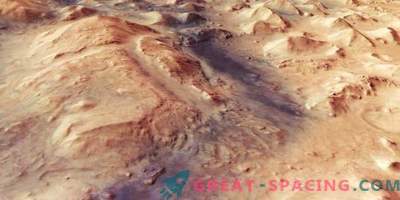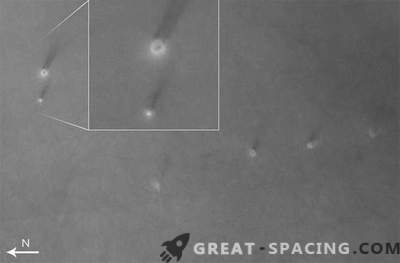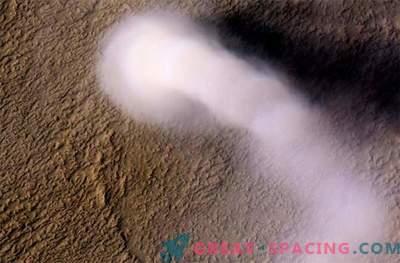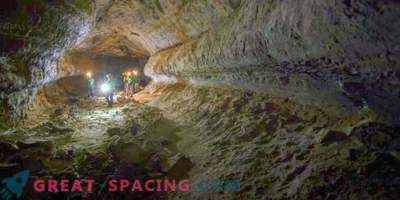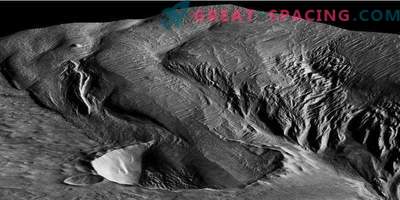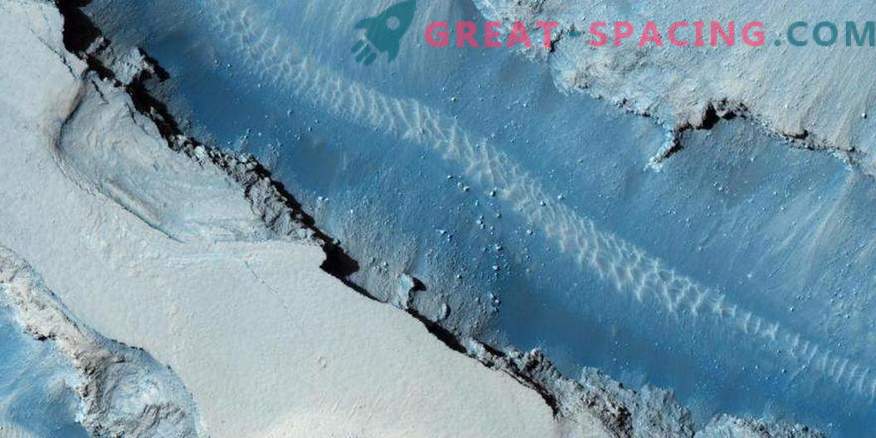
District Cerberus Fossae
Some of the lava fields of Mars can actually be massive mud flows. So said the astronomers, after they got a more detailed image of the region of Cerberus Fossae, which shows that this ancient structure could not have been caused by volcanic activity at all.
If so, then many other lava flows on Mars should be revised, according to Lionel Wilson and the University of Hawaii, Manoa and Peter Mouginis-Mark from the University of Lancaster in their new studies published in the journal Icarus.
Using models and the latest maps of the region of Cerberus Fossae, the researchers focused on calculating the speed and depth of streaming textures.
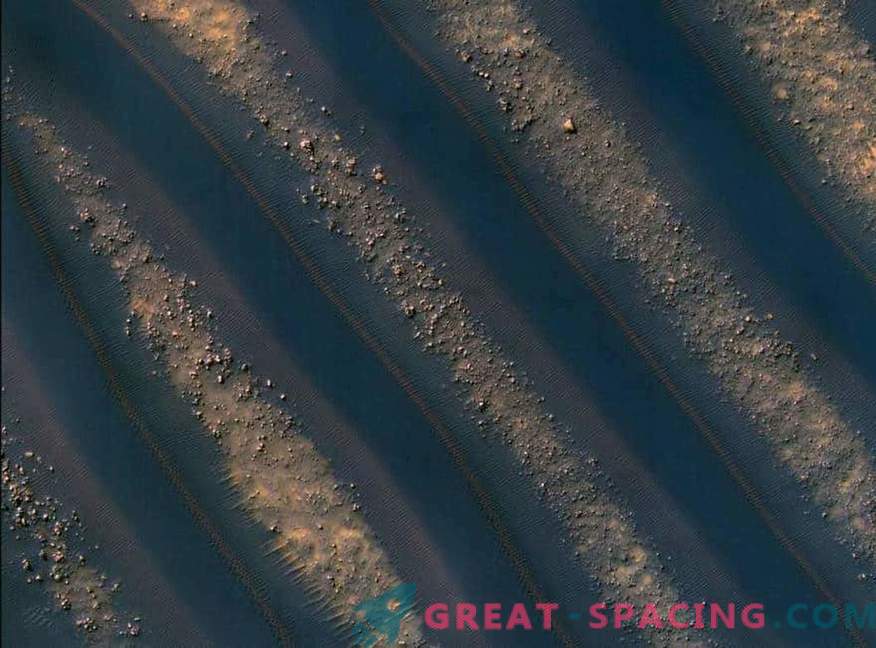
Many sandy dune materials were sandwiched by Martian craters. For example, this happened with the crater of Noachi Terre, located to the west of the large-scale basin of Hellas. HiRISE camera on the MRO was able to capture this review on December 28, 2009. These are linear dunes associated with changing wind patterns. Surprisingly, they are all extremely similar, including the reddish line on the slopes. Between them are large boulders.
If it were lava, then its behavior would be similar to the fact that on Earth, when it often has fractures and a hard crust on the surface, which show how it flowed before cooling and complete solidification. But what if mudflows also have a hard crust? The authors suggest that the dirt, after erupting to the surface, moves down the slope not like they sat down on Earth. On the one hand, the low atmospheric pressure of Mars brings the water inside the mud flow to a boil, but since the atmosphere of Mars is very cold, the mud in the upper part of the flow, which is in direct contact with air, soon freezes and remains a solid crust.

In front of you is the Malea Plain - a polar territory in the southern Martian hemisphere. MRO is captured and is located south of the Hellas basin. With the increase you can see the jagged dichotomy with a granular structure. The area is inhabited by ancient volcanoes of the Pater type. This Latin word means a shallow bowl and was first used for volcanic formations with rounded calderas. Malea is a lowland plain with a dusty surface. The region gradually rises to the ridge, and the light dust is blown out by the Martian winds. It is they who adjust the slope towards the ridge, which creates a sharp contact angle between light and dark surface materials. The scale of a specific map is 50 cm per pixel.
"It probably sounds strange that you can boil and freeze water at the same time, but under the conditions of atmospheric pressure of Mars it is quite possible," says Lionel Wilson. The speed and route through which lava flowed is very important. The researchers believe that there was very little turbulence within the stream that created the structures that we can see today.
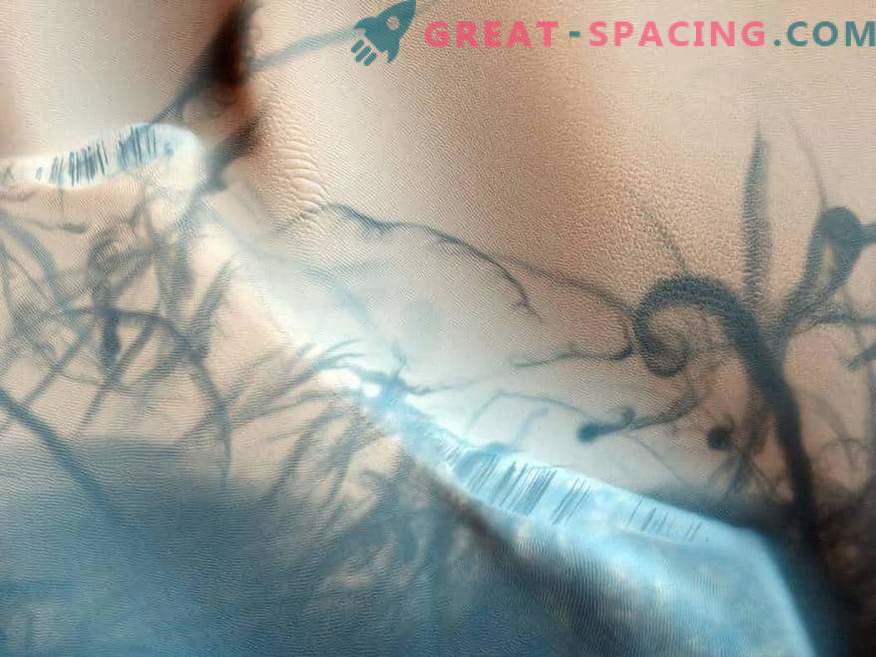
The HiRISE camera on the MRO was able to capture twisted dark trails on a light Martian surface. Not so long ago, they caused a lot of questions to researchers. But now we know that they are formed by the winds, namely the Martian dusty devils. They raise the heated air and remain active for only a few seconds. Visibility is gained when friable red dust is transferred, after which dark heavy sand remains.
"The key issue is that the flows on the surface textures that we see anywhere on Mars are supposedly formed by lava flows. But if our calculations of flow velocity and depth are correct, then any lava moving from such depth and at that speed has very low viscosity and is turbulent.
But the surface structure of Cerberus Fossae, and especially the flow route that goes around obstacles, suggests that the flow was laminar. "So how can you get a laminar flow that has a low viscosity?"


